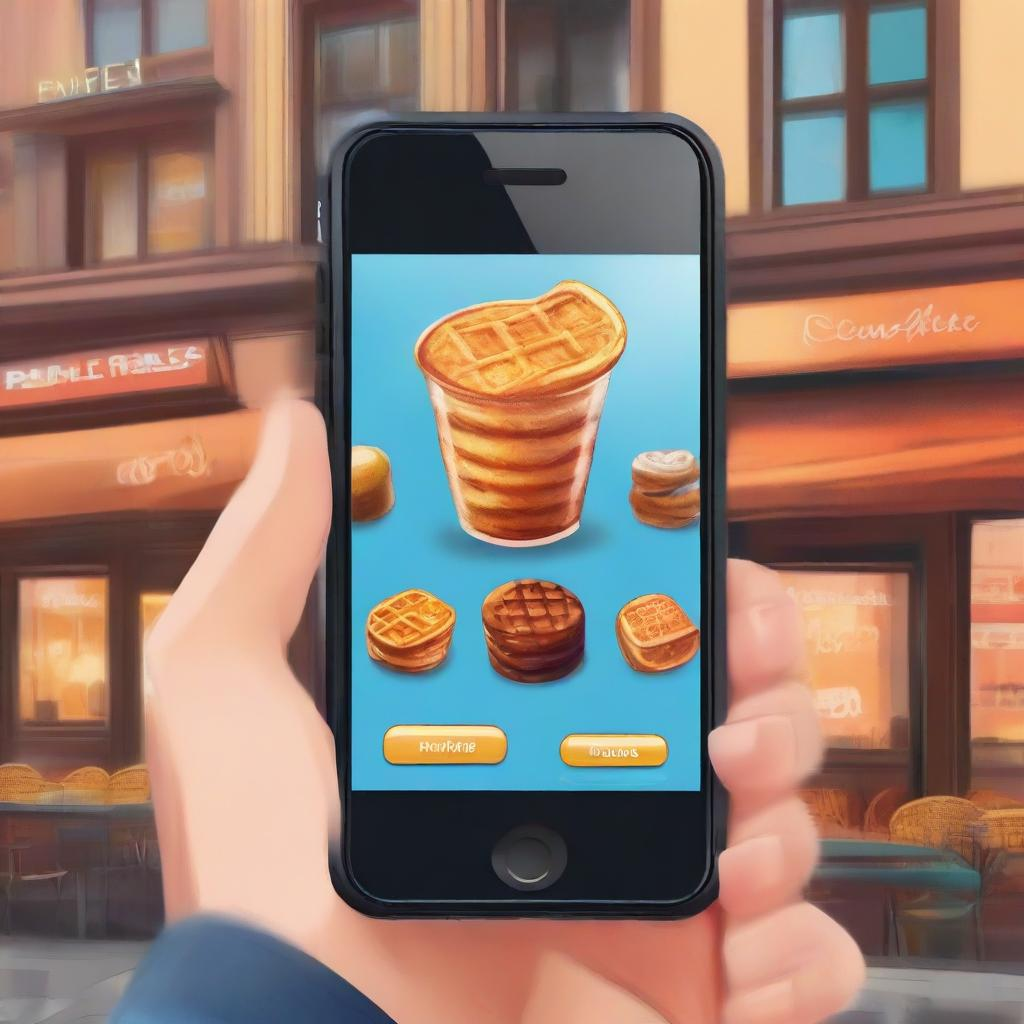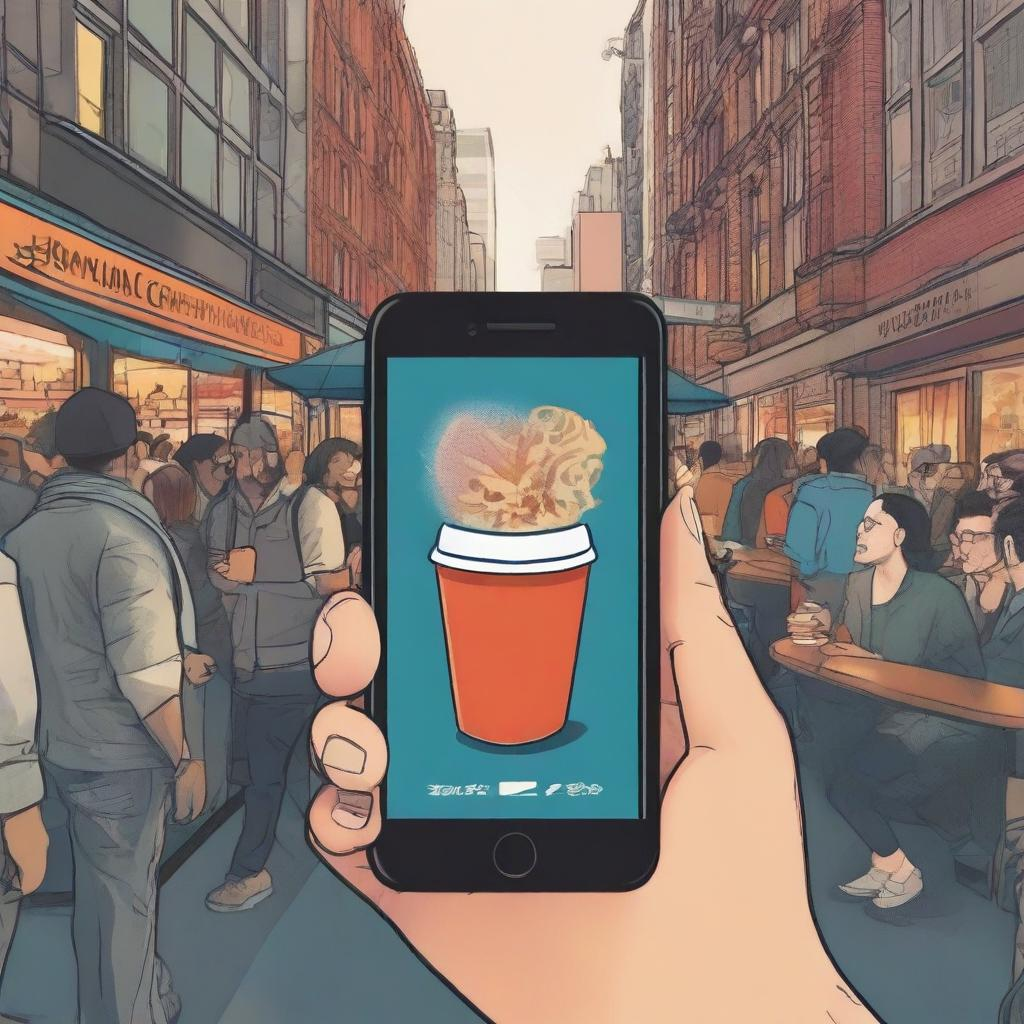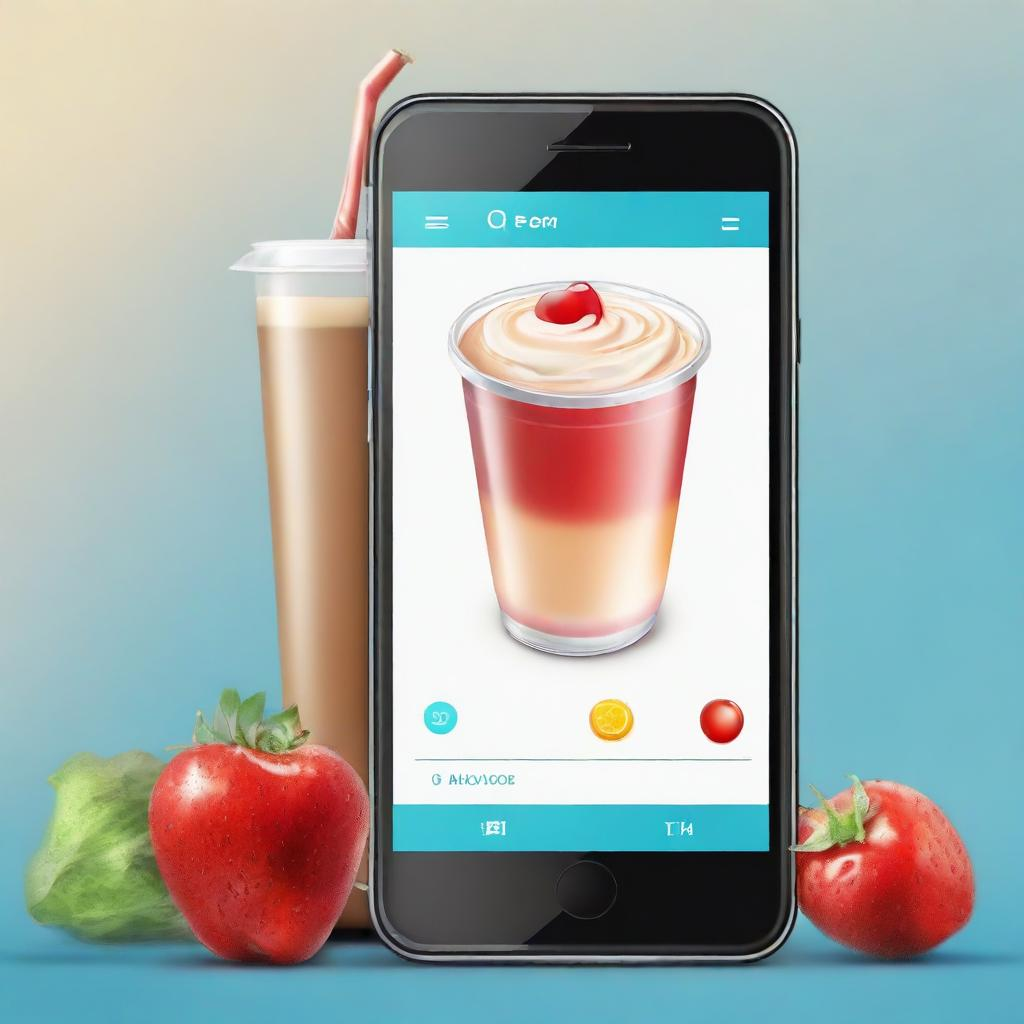TLDR
Are you looking for a way to make your marketing dollars get more bang for their buck? If so, then Customer Lifetime Value (CLV) is something you need to be paying attention to.
For restaurant owners, CLV is an incredibly valuable metric. Not only does it allow you to better understand your customer base and how much they’re worth over time, it also lets you optimize your marketing spend to get the biggest return on investment possible.
In this article, we’ll share some tips on how restaurant owners can use CLV as a measure of success and unlock greater ROI from their marketing spend. We’ll talk about the basics of measuring CLV, as well as some tactics you can use to bring your customer lifetime values up. So if you’re ready to get more in-depth with your customer loyalty program and increase ROI from your marketing efforts, let’s get started!
Introduction: What Is Customer Lifetime Value?
When it comes to your restaurant, customer lifetime value (CLV) is a key measure of success. CLV gives you the total dollar amount that a customer is expected to contribute over their entire relationship with your restaurant. It’s not just a snapshot of their transactions to date—it's an indicator of future value. Knowing your customers' CLV can help you understand how to better serve them and how to get the most ROI from your marketing spend.
So what, exactly, is CLV? Think of it as a measurement of how valuable each customer is over their entire relationship with your business. It takes into account their current purchase history and what they may buy in future—everything from repeat orders and order size to frequency, average spend, and peak seasons. For restaurants, this means looking at things like loyalty programs, discounts, coupons, and other incentives you offer. The combination of all these data points will give you a comprehensive view of each customer's CLV at any given time.
Recency of Engagement: How Does Time Between Orders Affect Your CLV?
Customer lifetime value, or CLV, is a key metric for understanding the impact of your marketing efforts on your restaurant’s bottom line. CLV can help you get more bang for your buck by showing you how to best allocate your marketing budget to attract and retain customers.
The best way to measure customer lifetime value is by looking at average customer lifespan. This is the average number of days between the first order date and the last order date of all your customers. The higher this number, the longer a customer will stay active with your business, leading to higher customer lifetime value.
The basic formula for calculating customer lifetime value is the customer value multiplied by the average customer lifespan. Customer lifetime value is expressed as an average amount of money expected from each customer over the life of their relationship with your business. This measurement gives you a real-time snapshot of where each individual stands with your restaurant and allows you to take proactive steps to maximize ROI from their long-term spending habits.
Encouraging Customer Retention With Discounts & Offers
Offering discounts and incentives can be a great way of boosting your sales and encouraging customers to keep coming back. It shows your customers that they're valued and appreciated at your restaurant, which helps to build loyalty and keeps them coming back for more. This can be as simple as offering a discount on their next visit, or a free drink with their meal.
You can also go further and create loyalty program rewards that are tied to customers' credit cards—this makes it much easier to not only track how much money they're spending and what they're ordering, but also which customers are more likely to return. You can use this information to offer targeted discounts or rewards for loyal customers and increase the value of their lifetime spend.
The key is to find the balance between making a profit and rewarding customers for their continued loyalty—if you're able to do this successfully, you'll get more bang for your buck in terms of ROI from your marketing spend.
Leveraging Social & Email Engagement to Connect With Your Customers
Don't forget about social media and email marketing! Leveraging both social media and email engagement can be an effective way to boost your customer lifetime value. In 2022, more than four-fifths of customer interactions with brands will take place on social networks, which provides an amazing opportunity to engage with your customers in a more meaningful way.
By combining email and social engagement, you can create a powerful marketing mix that drives ROI for your restaurant business. Here are some quick tips that you can use to get more bang for your buck:
- Send targeted offers via email based on customers’ past orders or preferences and link them directly to a product page or landing page on your website
- Engage customers through interactive content like polls or surveys so that you can understand their preferences better
- Share recipes or footage of your chef curating some of your most popular dishes, along with product recommendations 4. Use customer feedback from Twitter or other platforms to inform future promotions or menu items
Optimizing Your Restaurant's Advertising Spend Through CLV Analysis
When it comes to restaurants, customer lifetime value (CLV) is your north-star metric—it quantifies the results of advertising spend and helps you optimize your menu, sales and marketing teams.
CLV is also an exceptionally useful tool to help identify new restaurant locations: you can use it to easily determine where your highest-value customers live. This lets you plan out an expansion strategy based on a deeper understanding of who your best customers are, rather than simply guessing at the locations that could benefit from a new restaurant.
Using CLV analysis also helps you optimize your marketing spend—rather than blindly throwing money at campaigns and promotions with no real idea of whether they'll be successful or not, CLV gives you a more granular view into who's spending what at your establishment. That kind of data can be used to target promotions and campaigns towards those who are likely to be more engaged and responsive.
Overall, understanding customer lifetime value can be invaluable for restaurants who want to boost their ROI from their marketing dollars—it provides actionable insights that make allocating resources simpler, easier, and more effective.
Measuring the Impact of Customer Lifetime Value on the Bottom Line
It's one thing for marketers to understand the customer lifetime value (CLV) concept and how it works. It's another to measure the impact of CLV on the bottom line.
Fortunately, with customer lifetime value, you can start to make better decisions about customer acquisition and retention, which in turn will positively impact your restaurant's revenue and reduce your customer acquisition costs.
To start, you'll need to have a good understanding of your existing customers' lifetime values. Then you can begin to separate out high-value customers from those who have a lower value and develop targeted strategies to acquire new customers and retain existing ones.
By focusing on those efforts, you’ll end up spending less time acquiring customers of lower value and more time cultivating relationships for high-value customers. This heightened focus could result in higher overall sales resulting from higher-value purchases—and that means more bang for your buck from your marketing efforts.
Final Thoughts
It's clear that getting to know your customers and rewarding their loyalty is a must for restaurants in order to get more bang for their buck. By understanding what drives customer loyalty and taking the time to measure customer lifetime value, restaurants can make smarter marketing decisions, optimize their campaigns and be strategic about their spending.
Understanding and measuring customer lifetime value through recency of engagement, time between orders, discounts on the first order, along with social and email engagement are all great starting points to start building up customer loyalty and increasing ROI on marketing efforts. Who knows, maybe you'll be able to get a little extra cash in the end!

















.svg)





.svg)
.svg)









.png)







.webp)










